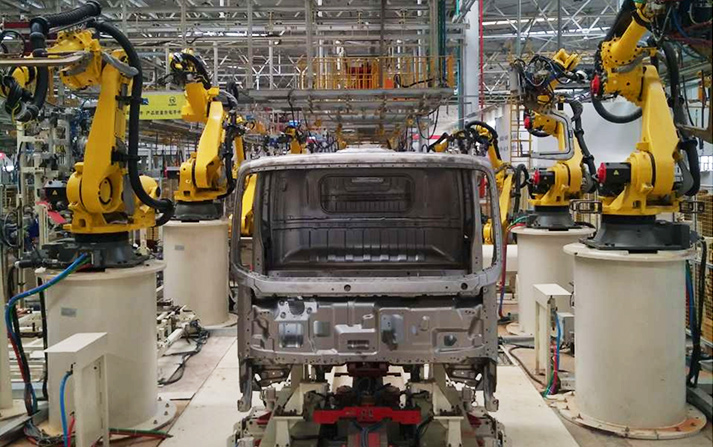As industrial technology continues to develop, automated welding operations are constantly evolving and improving. In the field of welding, robot welding and traditional manual welding are two common methods. There are significant differences between them in terms of efficiency, quality, cost and safety, and we will compare them below.

1. Efficiency:
Robotic Welding Machine utilizes advanced automation technology to achieve continuous, high-speed welding operations. In contrast, traditional manual welding is limited by workers' skills and experience, and the welding speed is relatively slow.

2. Quality:
Robotic welding is precisely controlled by computer programming, which can ensure the stability and consistency of welding quality. Traditional manual welding is affected by human factors, and the welding quality may vary.
3. Cost:
The investment cost of robot welding machines is relatively high, but in the long run, it can reduce labor costs and save production costs. The cost of traditional manual welding machines is relatively low, but with rising labor costs and low production efficiency, the cost may gradually increase.
4. Security:
Robotic welding has high safety and can reduce the risk of workers being exposed to welding flames and harmful gases. Traditional manual welding involves human operation risks during the welding process, and workers may be affected by harmful factors such as flames and smoke.
5. Applicability:
Robotic welding is suitable for high-volume, highly repetitive welding operations, and is especially widely used in industrial production, such as vehicle manufacturing, aerospace, pipeline engineering, medical equipment, steel structure welding and other fields. Traditional manual welding is suitable for small batch, personalized welding operations, such as art production, repair and other fields.
To sum up, both robotic welding machines and traditional manual welding have their own advantages and disadvantages. When selecting an appropriate welding method, comprehensive considerations should be made based on specific production needs, technical level, and economic conditions. With the continuous development of technology, robot welding will play an increasingly important role in future industrial production.

